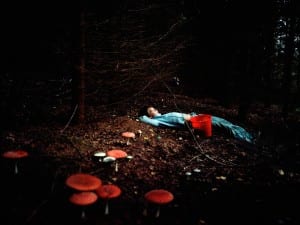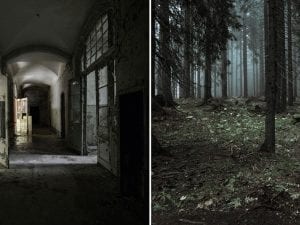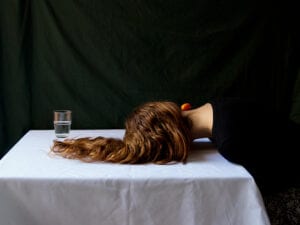Now in its 10th year, The Manchester Contemporary takes a uniquely artist-focused approach, inviting international and UK galleries to participate, including IKON, TJ Boulting, Liverpool Biennial and more. Aesthetica interviews Nathaniel Pitt, Curator.
A: Having joined the fair for the first time this year, where did you begin with the selection process?
NP: Following the hard work by International 3; Paulette Terry O’Brien and Laurence Lane, I was able to look at building upon three areas for selection; progressive galleries (international and domestic), artist-led projects who have a commercial output and institutions supporting artists and art with a wider remit than the recognised scene.
A: What are the main themes / subject matter for this year’s edition, and how do the works create dialogues across the venues?
NP: As a gallerist I wasn’t keen on having a selection theme or subject area. One role of a gallery for me is to offer difference, and to have a core sensibility, whether that’s by medium or attitude. All the galleries bring their own dialogue and their own voice, and the positioning of these was considered to promote networks and new relationships and we hope to foster links between worlds, artist-led, commercial and institutional.
A: How have you approached ideas such as accessibility in the curation of this year’s show – in terms of centring the fair around artists?
NP: A more accessible fair both for the artist, gallery and audience alike TMC prides itself as being part of a wider cultural landscape outside London as a supporter of artistic practice and regional development. I have concentrated on bringing back some galleries from previous editions, galleries like Arcade, who have a rich history of progressive exhibition making and attendance at the larger fairs and adding to the roster with the best in artist-led projects from Caracus to Wakefield. We have two key projects from Venture Arts, supported by Castlefield Gallery (both Manchester), and Bethlem Gallery of Bethlem Hospital in South London, which will be showcasing artists who work closely with their respective organisations looking outside the confines of the art world.

A: How do you feel that Manchester Contemporary fits into the wider cultural landscape outside of London, and why is it important to build up culture within other regions?
NP: Manchester Contemporary’s ongoing aim of developing a sustainable art market in the north of England becomes vital for the long-term success of contemporary art across the regions. I am a strong believer that the art market shares ground with art institutions, studio provision, production space and fabricators. The market is integral to this wider ecology, offering artists different routes to collectors, income and influence.
A: What is the relevance of selecting 75% of new exhibitors, and how will this change the fair’s presentation this year?
NP: Manchester Contemporary is an excellent fair for galleries testing new markets and for artist-led spaces cutting their teeth. Each year it tends to attract a new roster as our audience develops and collector base grows. The biggest change this year is the international presence from artist focused galleries from Berlin, (Grim Museum) Paris, (Jerome-Nivet-Carzon) Rotterdam, (Joey Romone) Palma, (Lundgren Gallery) Dublin (Kevin Kavanagh) and Malaga (Isabel Hurley) We believe the international inclusion will create new links between artists working internationally, new collectors from abroad and enrich the quality of the fair.
A: How does this edition – the 10th anniversary – look to the future of the fair?
NP: For this edition, in our 10th year, I have decided to look at the shape and future of the fair as a serious event in the busy contemporary art fair circuit. At a time of economic and political uncertainty together with the proliferation of art fairs, galleries find themselves in precarious positions, alongside, and in solidarity with their artists. Gallerists are all too aware of a condition where artist-led spaces, small and mid-size commercial galleries struggle to support their artists against a backdrop of expensive art fair costs and diminishing gallery attendance.
Examples of high-profile gallery closures in London and abroad point towards this situation, a symptom of an accelerated over-production in fairs. That said I see The Manchester Contemporary as an opportunity for a diverse approach to fair making and it has a bright future welcoming visitors, curators, collectors and artists year on year.
The Manchester Contemporary runs 14-21 October. For more information, click here.
For FREE Weekend tickets, click here.
Credits:
1. Erotic Nightmares, Juno Calypso,2. Subterranean Kitchen, Juno Calypso,





